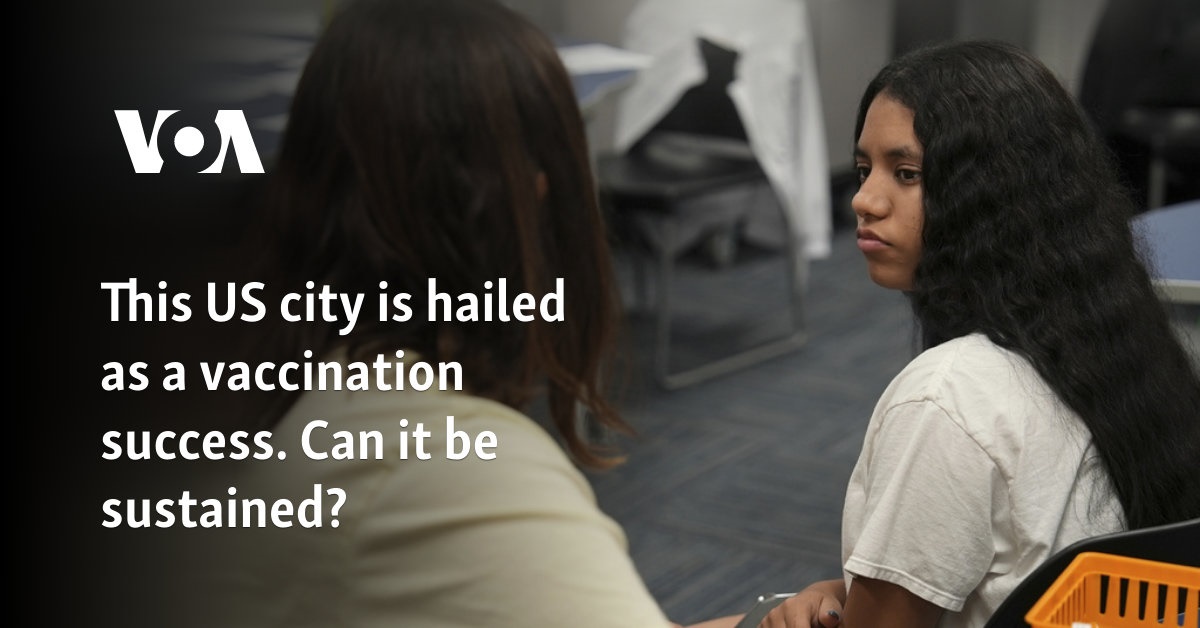In the end it was France’s left-wing bloc — not Marine Len Pen’s far-right National Rally — that came out on top.
French voters had gone to the polls on Sunday amid expectations that the National Rally (RN) and its allies could, for the first time, clinch the most seats in parliament and even build a majority.
But a powerful anti-Le Pen movement, mobilized after the first round in the French election, collaborated to stop RN candidates from winning power.
When the results came in on Sunday night, Le Pen’s party — now led by Jordan Bardella — had won 142 seats, 50 more than in 2022 but a long way from an absolute majority of 289.
Both the left-wing New Popular Front alliance, at 188 seats, and French President Emmanuel Macron’s Ensemble bloc, with 161, remain larger political forces in the Paris assembly, but no group has a majority needed to govern. (Those numbers are likely to change as MPs decide which group they’ll sit with.)
2022
2024
Click on a party to form a majority
| Group | Seats | Change | Votes |
|---|---|---|---|
|
New Popular Front (NFP)
|
188 |
+57
|
26.3 % |
|
Ensemble (ENS)
|
161 |
-76
|
24.7 % |
|
National Rally Alliance (RN)
|
142 |
+53
|
37.1 % |
|
Les Républicains (LR)
|
48 |
-13
|
6.2 % |
|
Other
|
38 |
-21
|
5.6 % |
A comparison with the results of the 2022 election shows how the National Rally has expanded across France and its overseas territories — but also that the left-wing New Popular Front won more constituencies.
Macron’s Ensemble, while diminished, didn’t disappear from the map.
The election could have played out very differently.
In the June 30 first round, candidates tied to the National Rally frequently won the most votes in their constituencies — without managing to secure the seat outright.
Thanks to the high voter turnout, three or even four candidates cleared the benchmark to move on to the second round in more than 300 constituencies.
In the days following the first round more than 200 candidates pulled out of their races, often in order to make way for a candidate with a better chance of defeating the National Rally.
On Sunday, Bardella condemned what he described as an “unnatural alliance” between Macron and the leftists “to stop by all means National Rally’s most important surge of its history.”
The high stakes of the election seem to have filtered through to voters as well.
Sunday’s turnout was the highest in 20 years, unlike in previous elections when turnout tended to drop off after the first round.
Still, the left bloc’s victory isn’t as straightforward as it might seem.
The alliance between the radical France Unbowed, the Socialist Party, the Greens and the Communist Party held together for the national vote, but lacks coherence and a clear leader.
While Jean-Luc Mélenchon’s France Unbowed won more seats, the Socialist Party strengthened its presence as well.
The picture in the end is one of fragmentation, with no single group close to getting even 200 seats in the 577-seat legislature. The three main groups — the left, Maron’s centrists and the far right — will all struggle to assemble a stable majority, portending stalemate and paralysis in Paris.
Macron may have prevented a Le Pen victory, but nobody really won.
Alexandre Léchenet contributed reporting






